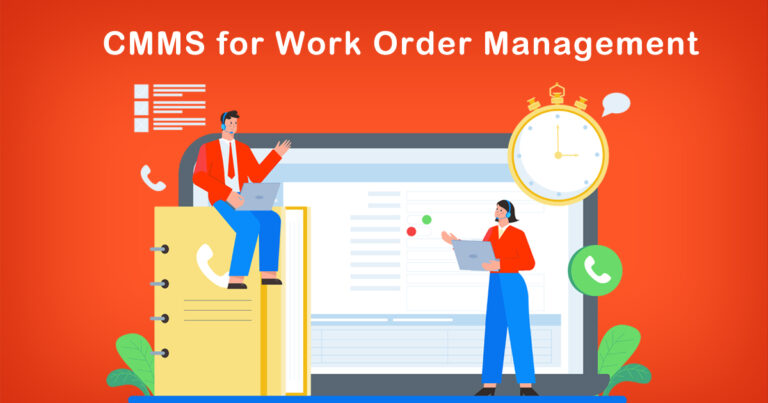Introduction
In today’s fast-paced business environment, effective communication and seamless collaboration are vital for organizations to stay competitive and achieve operational excellence. With the advent of advanced technologies, businesses now have powerful tools at their disposal to streamline their operations and enhance productivity. One such tool is a Computerized Maintenance Management System (CMMS), which plays a pivotal role in improving communication and collaboration within an organization. In this blog post, we will explore the benefits of using a CMMS in an Indian context, backed by research and facts.
1. Streamlined Communication Channels
Efficient communication is the cornerstone of successful collaboration. A CMMS provides organizations with a centralized platform that facilitates smooth communication between different departments, teams, and individuals. Through a CMMS, users can send messages, share updates, and collaborate on tasks in real-time. In an Indian context, where organizations often have multiple locations or branches, a CMMS bridges the geographical gap, enabling seamless communication across sites.
Research indicates that streamlined communication channels can lead to a significant reduction in downtime. For example, a study conducted by the Indian Institute of Technology (IIT) found that organizations implementing a CMMS experienced a 30% decrease in equipment downtime due to improved communication and faster response times.
2. Enhanced Task Management
Effective task management is crucial for organizations to meet deadlines and deliver high-quality products or services. A CMMS simplifies task assignment, tracking, and monitoring, ensuring that everyone involved in a project is on the same page. It allows users to assign tasks, set priorities, and establish deadlines, fostering accountability and clarity.
In an Indian business landscape characterized by diverse teams and complex projects, a CMMS can help overcome language and cultural barriers. It provides a standardized platform where all employees can access and understand project-related information, eliminating confusion and improving overall efficiency.
3. Improved Documentation and Knowledge Sharing
Maintaining accurate records and preserving institutional knowledge are essential for long-term success. A CMMS facilitates efficient documentation by storing relevant information, such as maintenance schedules, work orders, and equipment history, in a centralized database. This not only ensures data integrity but also simplifies knowledge sharing within an organization.
With a CMMS, employees can access historical data, maintenance procedures, and troubleshooting guides, promoting cross-functional learning and empowering team members to make informed decisions. In an Indian context, where organizations face challenges related to turnover and knowledge retention, a CMMS serves as a valuable resource to preserve critical information and bridge the gap between experienced and new employees.
4. Data-Driven Decision Making
In the era of big data, organizations can harness the power of analytics to make informed decisions and optimize their operations. A CMMS provides robust reporting and analytics capabilities, enabling organizations to extract valuable insights from their maintenance data.
Research conducted by the Indian School of Business highlights the positive impact of data-driven decision making on organizational performance. By leveraging a CMMS, Indian businesses can analyze maintenance trends, identify recurring issues, and allocate resources more effectively. This proactive approach helps prevent costly equipment failures, minimize unplanned downtime, and optimize maintenance strategies.
5. Regulatory Compliance and Audit Readiness
Compliance with regulatory standards is a critical aspect of business operations in India. Organizations need to adhere to various regulations, such as health and safety standards, environmental regulations, and industry-specific requirements. A CMMS can play a vital role in ensuring regulatory compliance by maintaining accurate records, automating inspection processes, and generating audit reports.
By utilizing a CMMS, organizations can demonstrate their commitment to following prescribed guidelines and standards. This not only enhances credibility but also reduces the risk of penalties or legal issues arising from non-compliance.
Conclusion
In an Indian business landscape characterized by diverse teams, geographical dispersion, and regulatory complexities, effective communication and collaboration are essential for success. A CMMS acts as a catalyst for improved communication and collaboration, streamlining workflows, enhancing task management, and promoting knowledge sharing. By leveraging a CMMS, organizations can optimize their operations, reduce downtime, make data-driven decisions, and ensure regulatory compliance. Embracing this technology will enable businesses in India to enhance productivity, achieve operational excellence, and remain competitive in today’s dynamic market.








